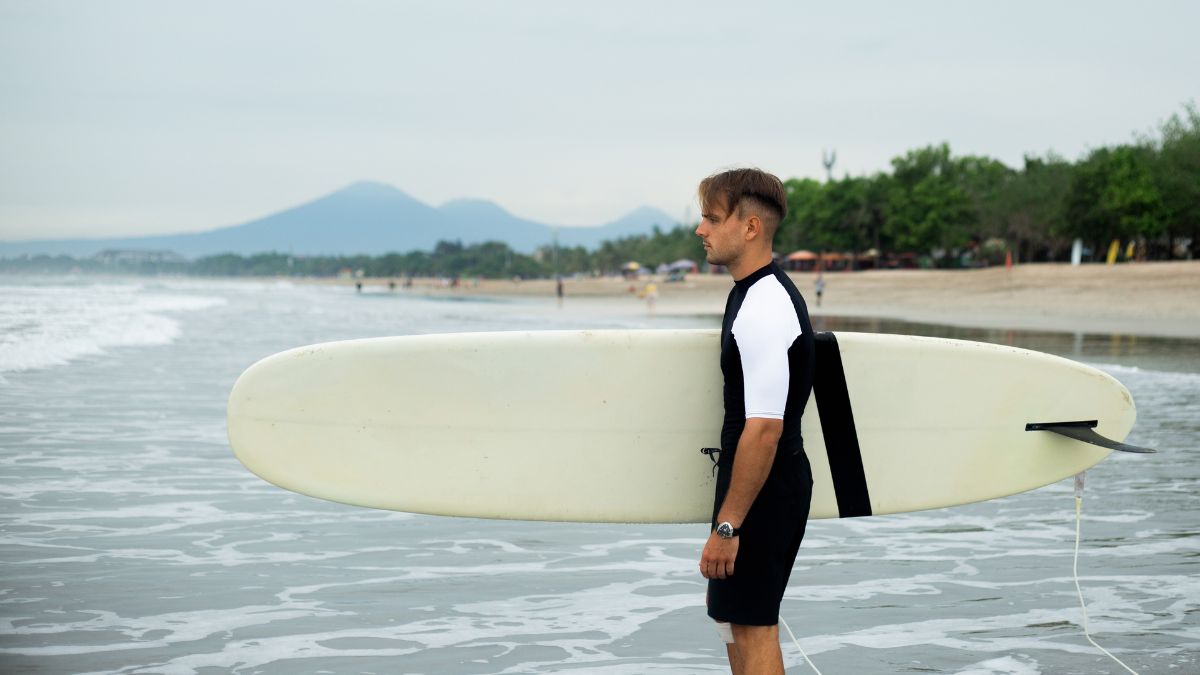Bodyboarding is a thrilling water sport that combines speed, agility, and wave-riding excitement. But have you ever wondered about the science behind bodyboards? From materials and hydrodynamics to design innovations, science plays a crucial role in enhancing performance.
In this comprehensive guide, we’ll explore:
-
The physics of bodyboarding
-
How materials science improves board performance
-
The role of hydrodynamics in wave riding
-
Cutting-edge technological advancements in bodyboard design
-
How to choose the best science-backed bodyboard
Whether you’re a beginner or a pro, understanding the science of bodyboards will help you ride waves more efficiently.
1. The Physics of Bodyboarding: How Bodyboards Work
Bodyboarding relies on fundamental physics principles, including:
Buoyancy and Floatation
Bodyboards are designed to keep riders afloat while allowing easy maneuverability. The buoyancy depends on:
-
Material density (lighter materials float better)
-
Volume and thickness (thicker boards provide more lift)
-
Rider weight distribution (proper positioning maximizes stability)
Hydrodynamics: Reducing Drag, Increasing Speed
Hydrodynamics studies how water interacts with moving objects. Bodyboards are shaped to:
-
Minimize drag (smooth surfaces reduce water resistance)
-
Enhance speed (channels and contours improve water flow)
-
Improve control (tail shapes affect turning ability)
Wave Energy and Propulsion
Bodyboarders harness wave energy to propel themselves. Key factors include:
-
Wave slope (steeper waves generate more speed)
-
Take-off angle (optimal angle maximizes momentum)
-
Fin and rail design (helps maintain direction and stability)
2. Materials Science: What Are Bodyboards Made Of?
The materials used in bodyboards directly impact performance. Modern boards utilize advanced composites for better durability and flexibility.
Core Materials
-
Polyethylene (PE): Affordable and flexible, great for beginners.
-
Polypropylene (PP): Stiffer and faster, preferred by pros.
-
Expanded Polystyrene (EPS): Ultra-lightweight, used in high-performance boards.
-
Surlyn®: A high-impact material that adds durability.
External Layers
-
Slick Bottom: Reduces friction for faster rides (HDPE or Surlyn®).
-
Deck Grip: Provides traction (EVA foam or textured patterns).
-
Stringer System: Reinforces the board (carbon fiber or fiberglass rods).
Eco-Friendly Innovations
With sustainability in mind, brands now offer:
-
Recycled materials (upcycled plastics)
-
Bio-based resins (reducing environmental impact)
-
Plant-based foams (eco-conscious alternatives)
3. Hydrodynamics: How Shape and Design Affect Performance
The shape of a bodyboard determines how it interacts with water. Key design elements include:
Nose Shape
-
Bat Nose: Wider for stability in smaller waves.
-
Pointed Nose: Better for steep, barreling waves.
Tail Design
-
Crescent Tail: Offers tight turns and control.
-
Square Tail: Provides speed and stability.
-
Swallow Tail: Balances speed and maneuverability.
Channels and Concaves
-
Single to Double Concave: Channels water flow for speed.
-
Rail Channels: Improve grip on steep waves.
Flex and Rocker
-
Stiffer Boards: Faster in big waves.
-
Flexible Boards: Better for tricks and small waves.
-
Rocker Curve: Affects how the board rides over waves.
4. Cutting-Edge Technological Advancements
Science continues to push bodyboarding forward with innovations like:
Computational Fluid Dynamics (CFD) Testing
Engineers use CFD simulations to optimize board shapes for minimal drag and maximum speed.
3D-Printed Bodyboards
Customizable and lightweight, 3D-printed cores allow for precision engineering.
Smart Bodyboards with Sensors
Some high-tech boards now include:
-
Pressure sensors (analyze wave impact)
-
GPS tracking (measure speed and distance)
-
Flex sensors (optimize performance based on rider style)
Nanotechnology Coatings
-
Hydrophobic coatings (repel water for less drag)
-
Self-healing materials (reduce wear and tear)
5. How to Choose the Best Science-Backed Bodyboard
Picking the right board depends on:
Skill Level
-
Beginners: Softer, more flexible boards (PE core).
-
Intermediate: Balanced flex and speed (PP core).
-
Advanced: Stiff, high-performance boards (EPS core).
Wave Conditions
-
Small Waves: Wider, more buoyant boards.
-
Big Waves: Narrower, stiffer boards for control.
Body Size and Weight
-
Lighter riders: Smaller boards (38”-40”).
-
Heavier riders: Larger boards (42”-44”).
Brands Leading in Science-Based Design
-
Science Bodyboards (known for hydrodynamics research)
-
Morey (pioneers in bodyboard tech)
-
NMD (high-performance materials)
-
Custom X (durable, eco-friendly options)
Conclusion
Bodyboarding is more than just riding waves—it’s a marriage of science and sport. From hydrodynamic shapes to advanced materials, every innovation enhances performance.
By understanding the physics, materials, and design behind bodyboards, you can choose the best board for your style and take your wave-riding to the next level.
Ready to ride the science wave? Grab a high-tech bodyboard and experience the future of ocean sports!






